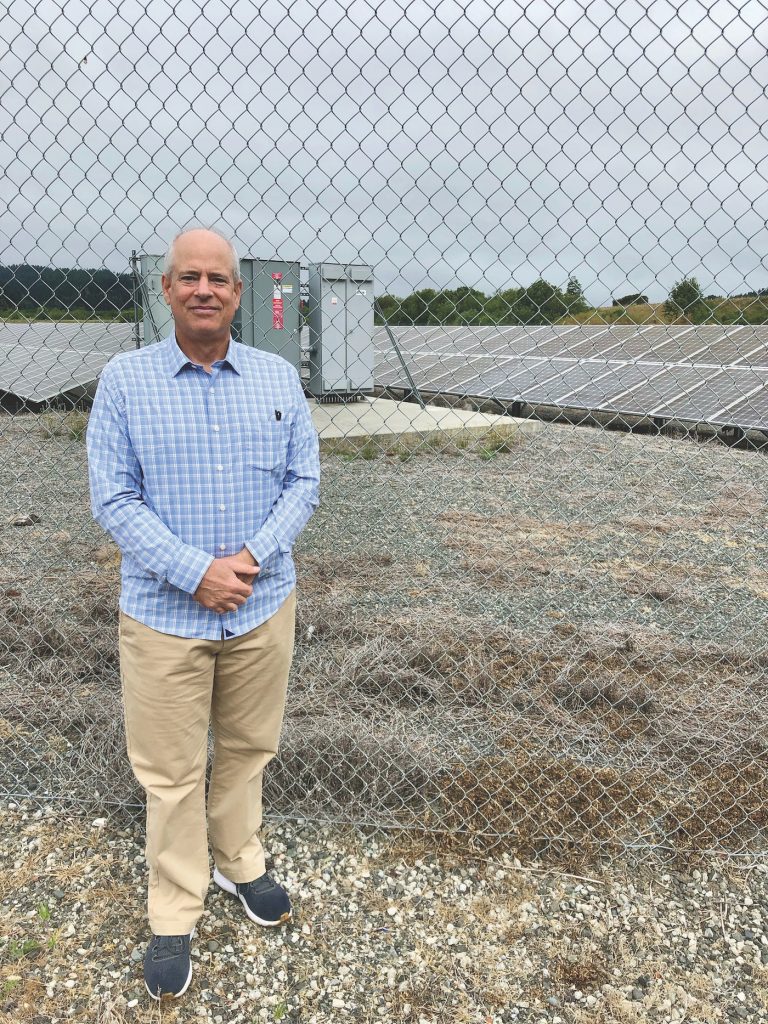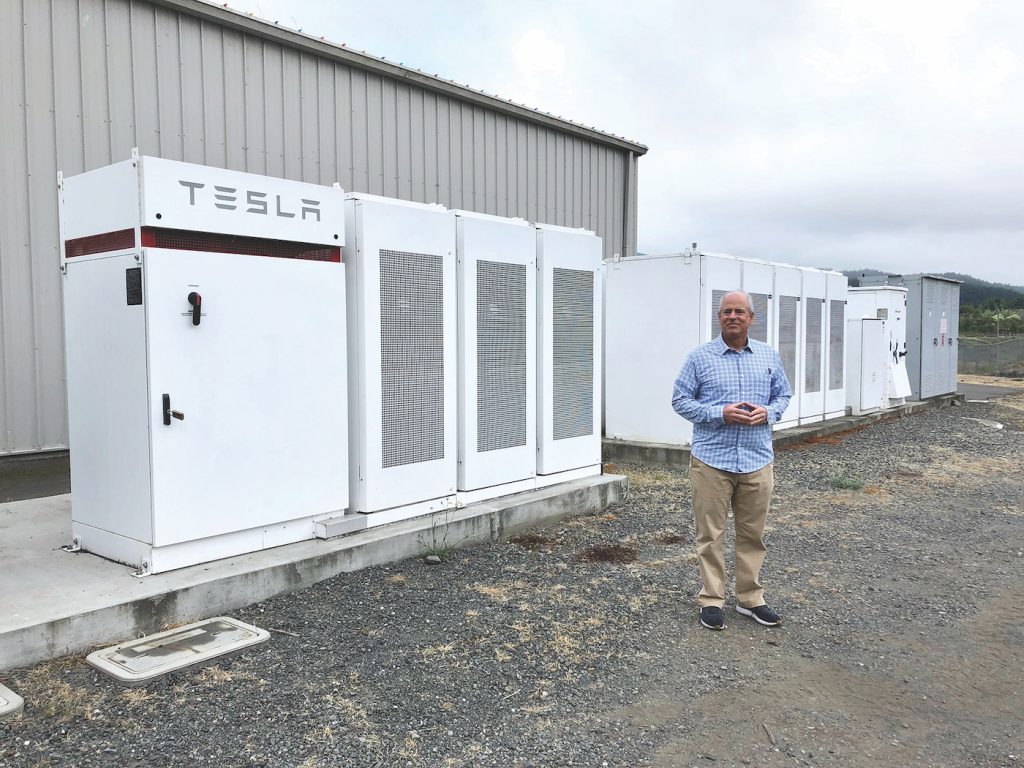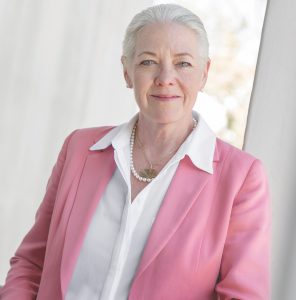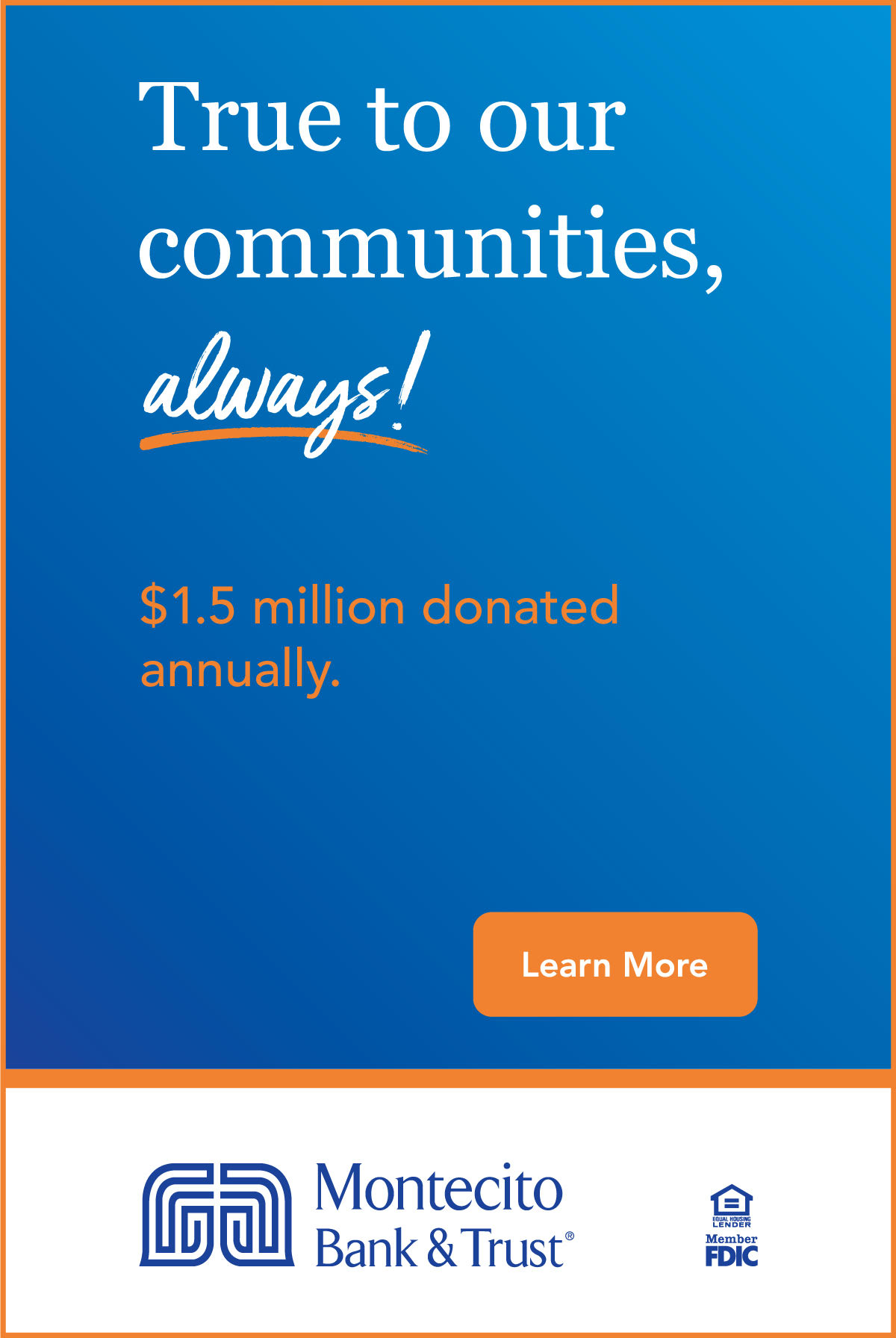Creating Renewables-Driven Resilience

The 70 miles of coast spanning Lake Casitas to Point Conception, and including Carpinteria, Montecito, Santa Barbara, and Goleta, is undoubtedly one of the most beautiful stretches of land in the continental United States.
It’s also one of the most vulnerable to catastrophic power outages.
That’s because the region, known in terms of the electricity grid as the Goleta Load Pocket (GLP), lies at the northwestern end of Southern California Edison’s transmission lines. The GLP is served by a single substation in Goleta, in the foothills above Dos Pueblos High School, that receives its power from transmission lines routed through 40 miles of mountainous terrain. The two sets of lines are hung on the same towers — meaning that if one line goes down, both lines go down. That makes the GLP highly vulnerable to wildfires, mudslides, earthquakes, and other natural and manmade disasters.

Montecito became acutely aware of those dangers when the Thomas Fire and subsequent debris flow threatened the transmission lines. Even now, though, most residents aren’t aware of how close the region came to being plunged into extended darkness.
“The fire came really close to taking down the transmission lines for a long time,” says Craig Lewis, the Founder and Executive Director of the Clean Coalition, a Santa Barbara-based nonprofit organization working to accelerate the transition to renewable energy and a modern grid. “Edison has been very clear these transmission lines do go down and could be down for months at a time. And currently, our region is completely transmission grid-dependent, generating very little of its own power.”

The Clean Coalition aims to prevent such a situation with clean local energy like solar and energy storage that is also economically advantageous when deployed widely. The 12-year-old nonprofit has already had a profound impact, particularly after combining its effective policy work with initiating clean local energy projects such as the Solar Microgrids coming to the Santa Barbara Unified School District (SBUSD), which will provide solar-driven resilience to thousands of students and their communities. Importantly, these Solar Microgrids are building blocks for a Community Microgrid that can provide resilience to the entire region.
The GLP Community Microgrid, which the Clean Coalition is staging, is an example of a system that can ensure indefinite renewables-driven backup power for critical emergency response and recovery facilities during long-term outages — and all homes and businesses for significant percentages of time. Of course, clean local energy will also drastically reduce the community’s carbon footprint during normal operations. Worth noting is that the GLP Community Microgrid is the most ambitious Community Microgrid being pursued in the United States and is expected to be a showcase that many will follow.
The first building blocks for the GLP Community Microgrid are already in progress in Santa Barbara and Montecito. The Clean Coalition is leading the charge on getting solar into 14 Santa Barbara Unified School District sites, including the three big public high schools (Santa Barbara, San Marcos, and Dos Pueblos), with six of the sites supported by robust Solar Microgrids. “We helped them understand the technical and economic benefits of providing indefinite solar-driven resilience to the most critical loads like refrigerators, freezers, communications, and emergency sheltering,” Lewis says, “while supporting the rest of the loads too for significant percentages of time.”

The Clean Coalition is also working to stage a Community Microgrid in Montecito, starting by establishing individual Solar Microgrids at two critical community facilities — the headquarters of the Montecito Fire Protection District and the Montecito Union School — plus an array of additional properties in the Upper Village vicinity.
The eventual goal is to supply enough flexible clean local energy, driven by 200 megawatts of solar and 400 megawatt-hours of energy storage, to fully protect the Goleta Load Pocket from grid outages. “If we can hit those magic numbers, our communities will be safe such that we can survive indefinitely without any reliance on the transmission grid,” Lewis explained.
Lewis grew up in Santa Barbara, attending San Marcos High School before moving away for 35 years for college and career. Immediately following the Thomas Fire and debris flow disasters in 2018, though, he moved his family back to Santa Barbara to focus on bringing renewables-driven resilience to the region. Lewis remains in Santa Barbara and is grateful for the extensive support that the Clean Coalition has received from local philanthropists and collaborators — and he looks forward to much more, as the Clean Coalition’s work has really just begun. Ensuring that all local schools can benefit from the types of Solar Microgrids that are primed to benefit the SBUSD is just one example.

Clean Coalition
Donate now!www.clean-coalition.org
(650) 796-2353
Executive Director: Craig Lewis
Mission
The Clean Coalition is a nonprofit organization whose mission is to accelerate the transition to renewable energy and a modern grid through technical, policy, and project development expertise.
Begin to Build a Relationship
We know you care about where your money goes and how it is used. Connect with this organization’s leadership in order to begin to build this important relationship. Your email will be sent directly to this organization’s director of development and/or Executive Director.
Transitioning to renewable energy is critical to fighting climate change, and maximizing local renewable sources makes communities resilient. While our Santa Barbara region is incredibly special, the grid is alarmingly vulnerable to natural disasters. Our family foundation has supported the Clean Coalition for the past decade. The organization’s leadership, vision, and initiative has demonstrated that clean energy innovations can benefit our local region and also serve as a model for communities across the country.
Schools are vital for educating our children in safe and healthy environments, and they also provide refuge to the broader communities in times of need. It has been a pleasure to work with the Clean Coalition to get Santa Barbara Unified schools primed for the indefinite resilience delivered by Solar Microgrids, along with tremendous economic and environmental benefits. The Solar Microgrids facilitated by the Clean Coalition are state of the art, and I am thrilled that these will show the way for schools throughout the region and well beyond.
Expanding the Reach of Clean Energy
Our donors are stewards of the environment who are bold and forward-thinking. Our donors are leaders who care for their neighbors and invest in future generations.
Last year the Clean Coalition needed $250,000 to support our efforts throughout the Santa Barbara region. This year we are asking for $500,000 to expand our reach to North County schools and critical community facilities throughout the Central Coast over the next two years.
Funding will go towards the salaries of those conducting studies and dealing with regulatory policy at the state and local levels. Policy innovations that govern interconnection and Community Microgrids are particularly vital to unleashing clean local energy, and the Clean Coalition is working diligently to create the conditions for more solar-driven microgrids and the economic, environmental, and resilience benefits that come with them.
Many more renewables-driven microgrids are required to reach our goal of total energy resilience, and you are important to making this happen.
Key Supporters
Steven Amerikaner
Diane Boss
Sharon Byrne
Laura Capps
Jackie Carrera
Michael Chiacos
Jon Clark
Julianna & Tom Dain
Katie Davis
Bill Duncan
Cindy Feinberg
Jonathan Gartner
John Glanville
Stephen Honikman
Dennis Houghton
Vijaya Jammalamadaka
Berna Kieler
Greg Lowe
Lance Lyon
Lee Lysne
Stephen Macintosh
Cary Matsuoka
Sara Miller McCune
Stacy & Ron Pulice
Rick Rockhold
Jordan Sager
Wendy Schmidt
Jim Taylor
Michael Weissman, PhD
Merryl & Chuck Zegar


